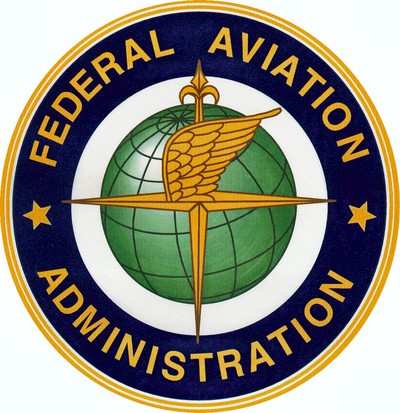Manufacturer of ADS-B Navigation Units Gets Massive Fine From FAA
Wow... we knew there were problems with the NavWorx story.... but we weren't aware there were nearly 4 million reasons why.

The following is what we know based on a press release issued late Friday...
The FAA has proposed a civil penalty of $3,685,000 against NavWorx Inc. of Rowlett, Texas, for allegedly producing and selling navigation units that did not meet FAA requirements and for allegedly misleading customers about those products.
“The FAA has strict requirements for navigation units to ensure the reliability of the information they provide both to pilots and to air traffic controllers,” said FAA Administrator Michael Huerta.
“Customers of these products must be able to trust that their equipment meets our safety standards."
During an investigation, the FAA found that NavWorx produced certain ADS-B navigation units containing an internal GPS chip that did not meet the FAA’s standards for integrity.

In March 2015, the FAA notified the aviation industry that it had tightened its System Integrity Level (SIL) standards for GPS chips in units that meet the FAA’s January 1, 2020 mandatory deadline for operators to equip their aircraft with ADS-B transmitters. Such units, when properly manufactured and operated, broadcast an aircraft’s precise position.
The FAA alleges that, rather than replace the chips in its ADS600-B units, NavWorx knowingly altered the units’ internal software to transmit a code that indicated the units met the new SIL standard even though they did not. The FAA further alleges that the company subsequently refused to comply with the FAA’s direction to modify the software to transmit an accurate code.

The FAA also alleges that NavWorks advertised on its company website and through transactions with customers that ADS600-B part numbers 200-0012 and 200-0013 met the FAA’s tighter standards for the 2020 installation deadline. These advertisements omitted and materially misrepresented the essential fact that the units contain a GPS chip that is incapable of meeting the FAA’s standards.
In November 2016, the FAA issued an emergency order suspending the authorization that NavWorx uses to manufacture the affected ADS-B units after the company repeatedly refused to allow the FAA to inspect its records and manufacturing facilities. The authorization, known as a Technical Standard Order Authorization (TSOA), enables suppliers to produce components for use on aircraft after proving that each component meets FAA standards.
Federal regulations set forth FAA’s authority to inspect suppliers’ quality systems, facilities, technical data, and products to determine whether they meet safety standards. These regulations also provide that the FAA may witness any tests necessary to determine a product’s compliance. The company subsequently allowed the inspections to occur and the FAA reinstated NavWorx’s manufacturing authorization.
The FAA is continuing to work with NavWorx customers to ensure the safety and accuracy of the affected products. In June 2017, the FAA published a final Airworthiness Directive (AD) that requires owners to remove or disable these ADS-B units. The AD also allows the owner to modify the unit by linking it with a GPS unit that contains a certified chip that meets FAA standards.
NavWorx has been in communication with the FAA about the case.



 True Blue Power and Mid-Continent Instruments and Avionics Power NBAA25 Coverage
True Blue Power and Mid-Continent Instruments and Avionics Power NBAA25 Coverage ANN's Daily Aero-Term (10.15.25): En Route Automation System (EAS)
ANN's Daily Aero-Term (10.15.25): En Route Automation System (EAS) Aero-News: Quote of the Day (10.15.25)
Aero-News: Quote of the Day (10.15.25) ANN's Daily Aero-Linx (10.15.25)
ANN's Daily Aero-Linx (10.15.25) NTSB Final Report: Jeremy S Lezin Just SuperSTOL
NTSB Final Report: Jeremy S Lezin Just SuperSTOL








